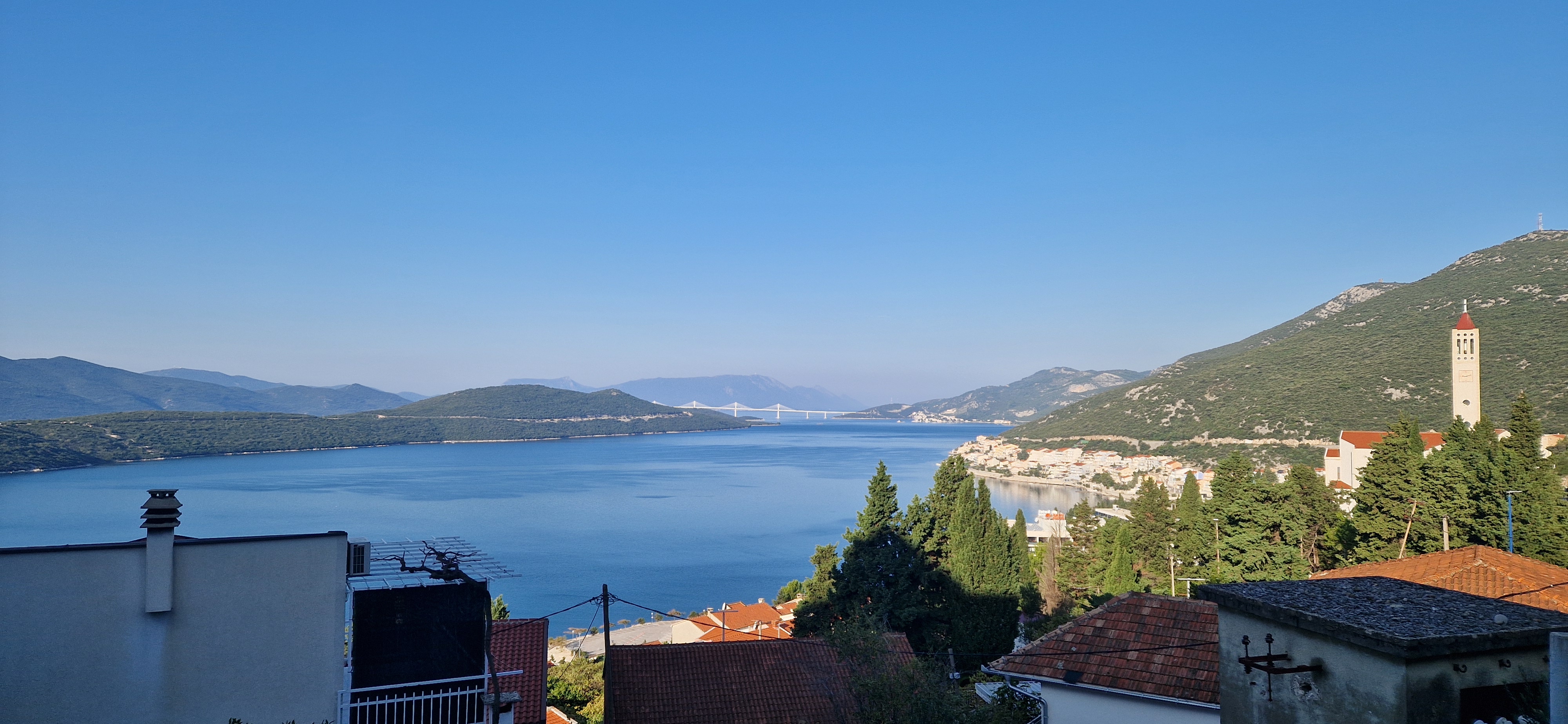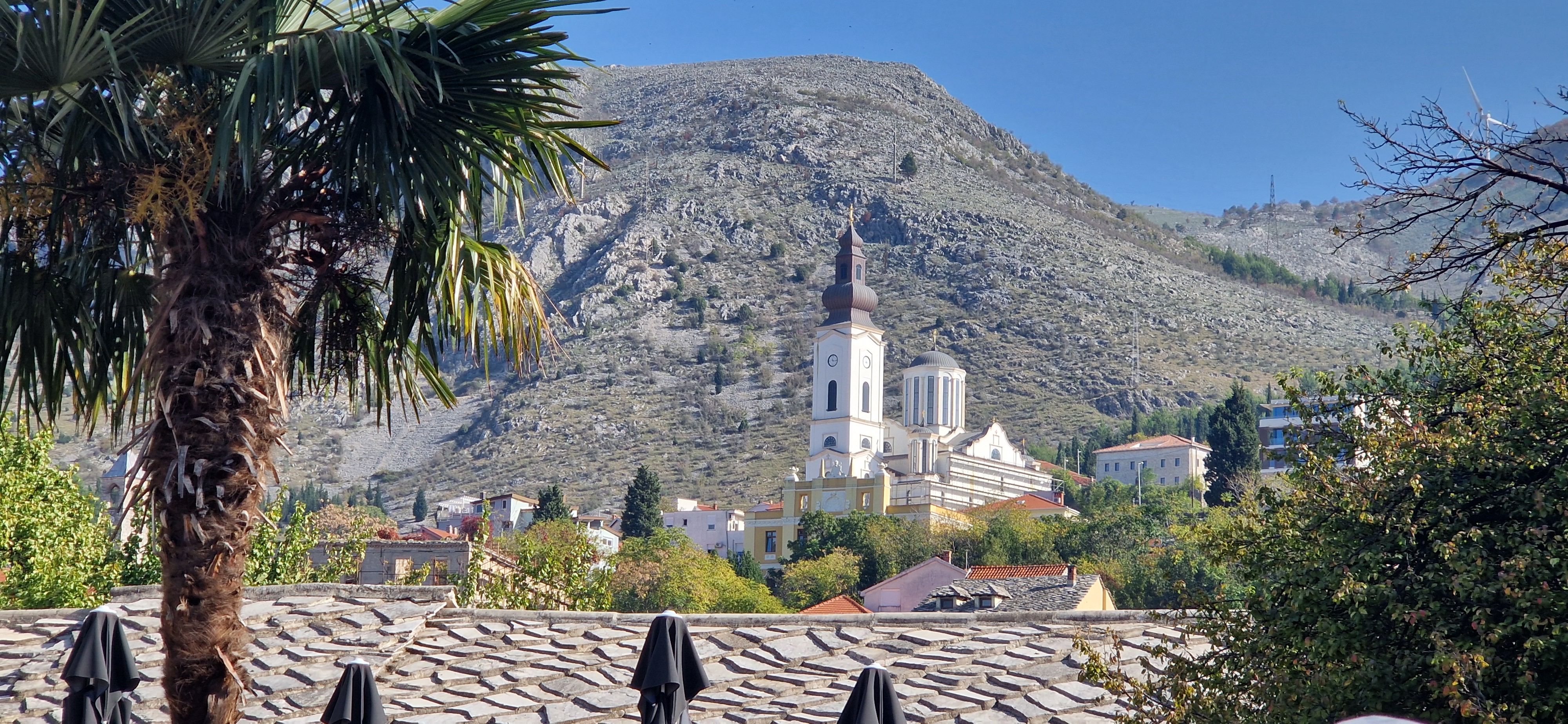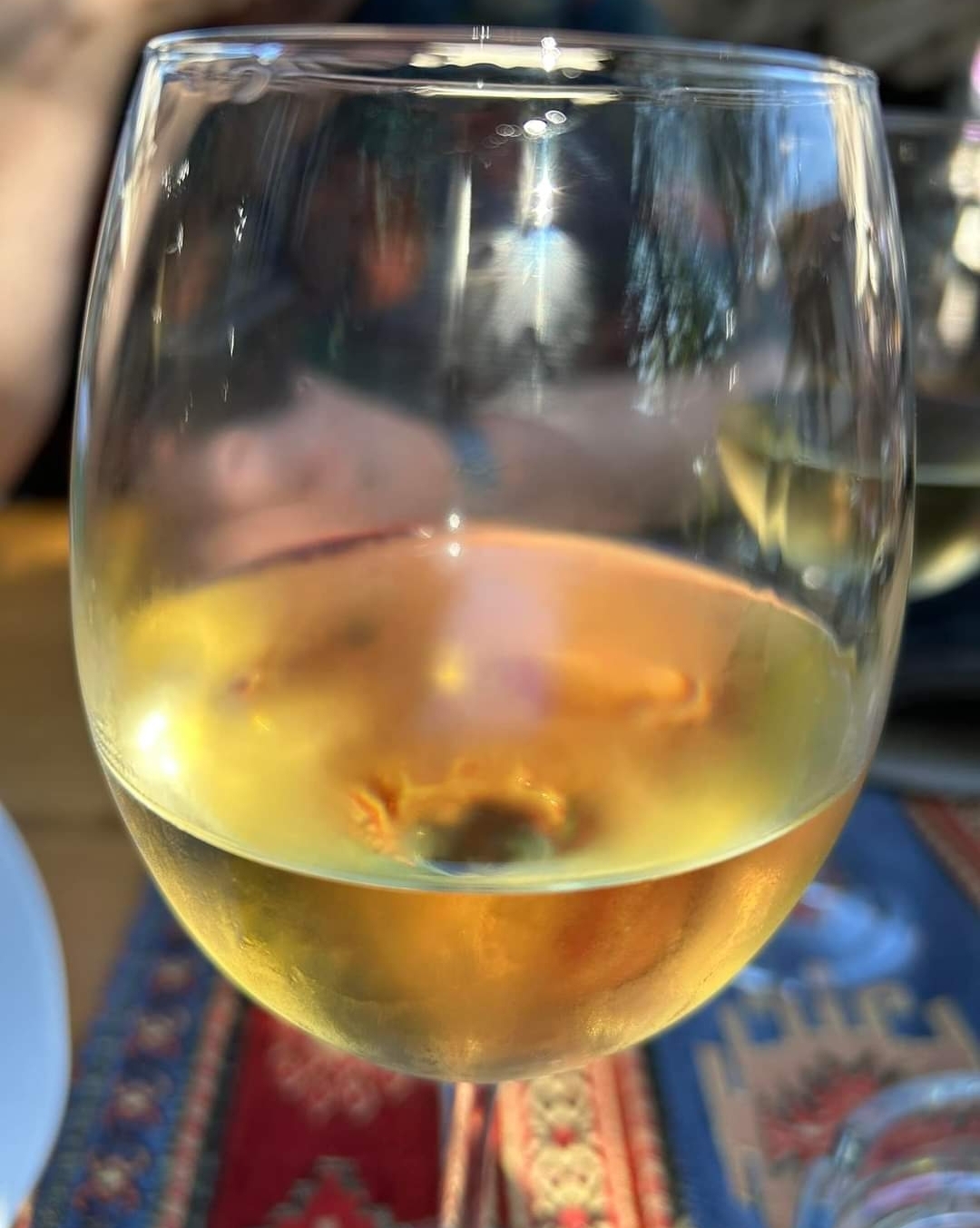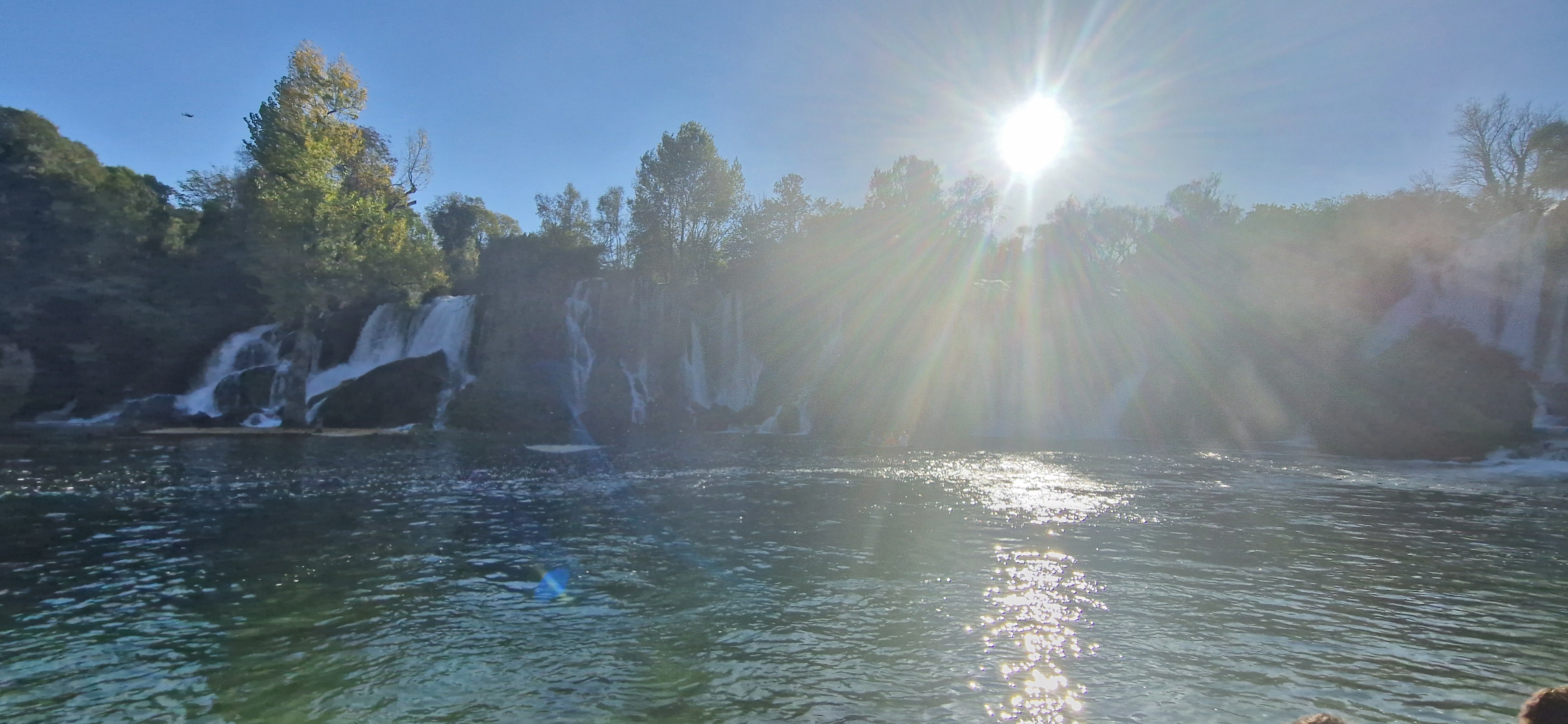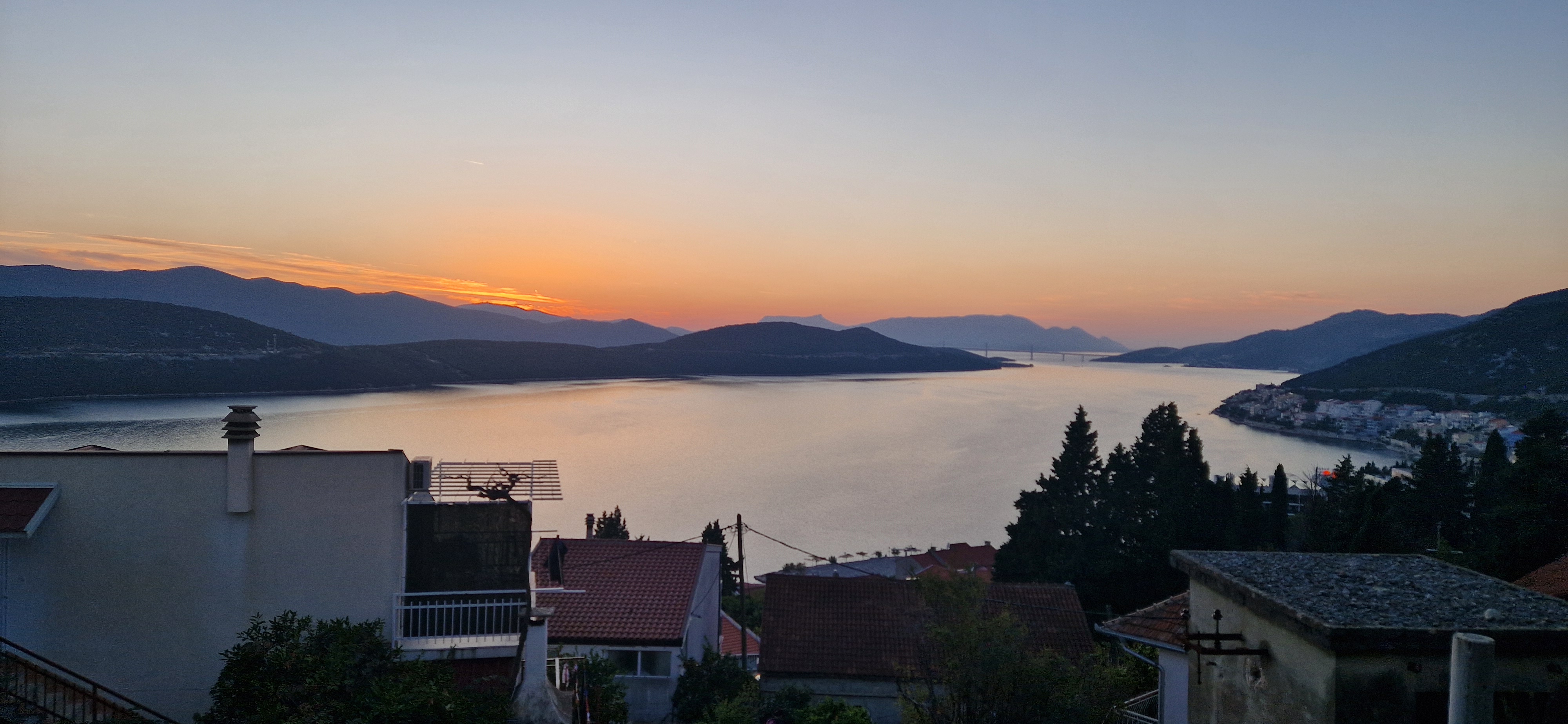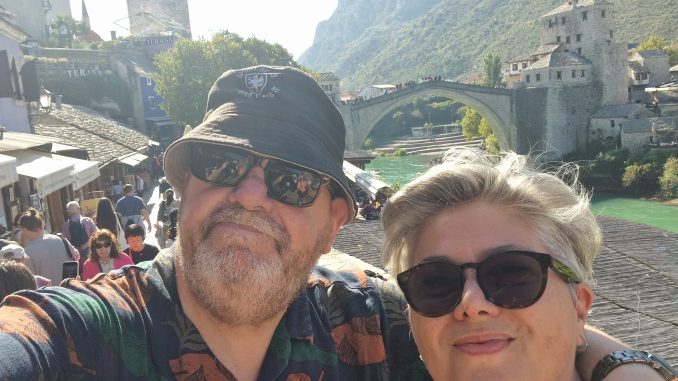
Today we are up early, with passports in hand: we are going on a trip into Bosnia and Herzegovina
The lyric, ‘Cheap Holiday in Someone Else’s Misery’ springs to mind. The last time I went to Bosnia was to watch Wales play in 2015. When we got back, the car park attendant at the airport asked if we had been to war. The Bosnian War had already been over for twenty years by then, but the name of the country does invoke images of atrocities, even though that was only a very tiny piece of this amazing country’s history. Some of the worst atrocities of the Balkan Wars happened in Bosnia, most notably, the massacre of eight thousand people in Sebrenicia. We are not going there though.
In my limited previous experience of the country, four days in Sarajevo to watch Wales play football, I found the Bosnian people to be extremely friendly and have no reservations about visiting the country. Sarajevo was the subject of the longest seige of a capital city in modern history, just a few days shy of four years. Yet the people there were humble and welcoming.
We rise bright tailed and bushy eyed at 5:30am, ablute, then head down to neighbouring hotel for pick up. The sun has not come out yet, but it’s still 18 Celsius.
The bus meanders northwards along the coast, giving spectacular views of the Croatian riviera, and the many islands dotted along it’s coast.
We spot Ston, an ancient town known for its production of salt. Back in the day, salt was as valuable as gold, so Ston has a huge wall protecting it. Our tour guide takes pride in telling us that at 5.5km the wall is second in length only to the Great Wall of China. Given the China wall is 21,196 km in length, it’s not really a close second. But impressive nonetheless.
Eventually, we reach the border with Bosnia and Herzegovina. We have to go through two sets of border control, first the Croatian border, then the Bosnian control. It takes an inordinate amount of time.
Dubrovnik was originally a whole republic of its own, but is now part of Croatia. When Yugoslavia was still a thing you could drive up the coast to Split. These days, there’s a twenty five mile stretch of Bosnia and Herzegovina cutting off Dubrovnik from the rest of Croatia. For many years there were huge queues at the border but very recently the EU has weighed in 450 million euros, and helped build a huge bridge that crosses the gap across the bay, meaning it is possible to drive to Split without going through Bosnia. We, however, are going to Bosnia, so have to go through border control. This takes around half an hour, but would have been considerably longer before the bridge was built.
The odd thing about all this is that along the coast of Bosnia, where it cuts through Croatia, we are told that 99% of the population are ethnic Croatians anyway. And I’m totally lost on what the difference between Bosnia and Herzegovina is.
I’ve said before, for an outsider it’s hard work getting to grips with the politics and history of this region. The population is split between Croatians, Bosnians and Serbs. There are Catholics, Orthodox Christians and Muslims. Depending on who you are talking to, some terms seem to be interchangeable. Some refer to all Bosnians as Muslims. Some say Muslims came from Turkey, some say they came from the Ottoman Empire.
When we stayed in Sarajevo there was a mosque, a Catholic church and a synagogue all next to each other and everyone got on swimmingly. And I suppose for Tito’s reign, the whole country did.
We traverse through beautiful sun-scorched mountains, up hill and down dale. It’s a long old journey, almost three hours on the bus, but the vista scrolling past the window is never not enchanting. (* Top tip though, if you do this journey, sit on the left side of the best for best views of the coast.)
As we approach Mostar (which is approximately Herzegovina, not Bosnia) we see many vineyards and are advised that there’s a rather splendid white wine specifically made in this region that has the taste of top bananas, and an aroma of the dogs bollocks. Apparently Mostar wine has been voted best wine in Europe by some poncey wine club or other.
Other things they have been a bit handy at for a long time in Mostar include making leather and bashing bits of copper.
The thing they are possibly most famous for though, is jumping off bridges. In fact the name, Mostar, translates into ‘bridge keepers’. Mostar was en route from Sarajevo to the coast, so their bridge was very useful for trade. The crafty Mostarians built a wooden bridge, then started charging a toll for people to use it. In the sixteenth century the Ottomans rocked up and built a stone bridge.
 It’s a work of genius, built with limestone, because it is light and strong. It is also hollow, so when the river rises, it actually floods the cavity of the bridge, making it heavier and therefore less prone to being washed away. This is serious Isambard Kingdom Brunel shit, long before IBK started doing his thing.
It’s a work of genius, built with limestone, because it is light and strong. It is also hollow, so when the river rises, it actually floods the cavity of the bridge, making it heavier and therefore less prone to being washed away. This is serious Isambard Kingdom Brunel shit, long before IBK started doing his thing.
We walk through the streets leading to the bridge, which resemble an eastern bazaar, with a variety of shops selling leather goods, copper stuff and fridge magnets.
When we get to the bridge we are advised that people have been jumping off it into the river pretty much since it was built. It is regarded as a way of demonstrating ‘manhood’, whatever that means. Although whilst we are there the bridge jumping club are willing to jump off for a donation of 50 Euros.
Then, just as Britpop was raising its head in the UK and the biggest arguments were about whether people liked Blur or Oasis, the various factions in Yugoslavia that had got on together for yonks, suddenly decided they didn’t like their neighbours and started shooting each other.
In 1993, the Croats in the area famously destroyed the bridge by bombing it.
However, the bridge has since been rebuilt using stone from the same quarry as the original, using the original blue prints from a museum in Turkey and using the same tools and methods. The rebuilding itself has become part of history.
There are several churches in the area that were also destroyed in the war, some of them have been rebuilt and some are still being rebuilt.
On our tour we also learn of two mosques built next to each other: one of them specifically for tanners. This is because the process of tanning leather includes the use of urine and ammonia. Stuff that doesn’t wash out easily. So a separate mosque was built for tanners so the other Muslims didn’t have to put up with the stink of piss when praying.
After our tour we go for a meal. We opt for local vegetarian dishes which prove to be delicious. All washed down with poncey local wine.
We pay in Euros, which is interesting. Bosnia has its own currency. It’s a closed currency that you can’t exchange outside of the country. But just like Montenegro, despite not even being part of the EU, most shops and restaurants are happy to take Euros.
Once back on the bus we head to Kravica waterfalls. After walking down the steep steps we spend half an hour admiring the water cascading over the nearby cliffs. It’s quite picturesque. Slightly more impressive than Sgwd Eir Ira falls in the Brecon Beacons, but a pale imitation of Gullfoss Falls in Iceland. That’s the trouble with travel, you can be spoilt on times.
We are starting to flag at this point though. By the time we climb back up the steps to the bus, we are ready for home. Which is handy, cos that will be our next stop. You might think that being on the right hand side of the bus going home would mean that you get to see what those on the left saw this morning. Sadly, no. The sun sets just before we hit the coast. A reminder that we have been out of the hotel for thirteen hours. This holiday malarkey can be exhausting on times.
